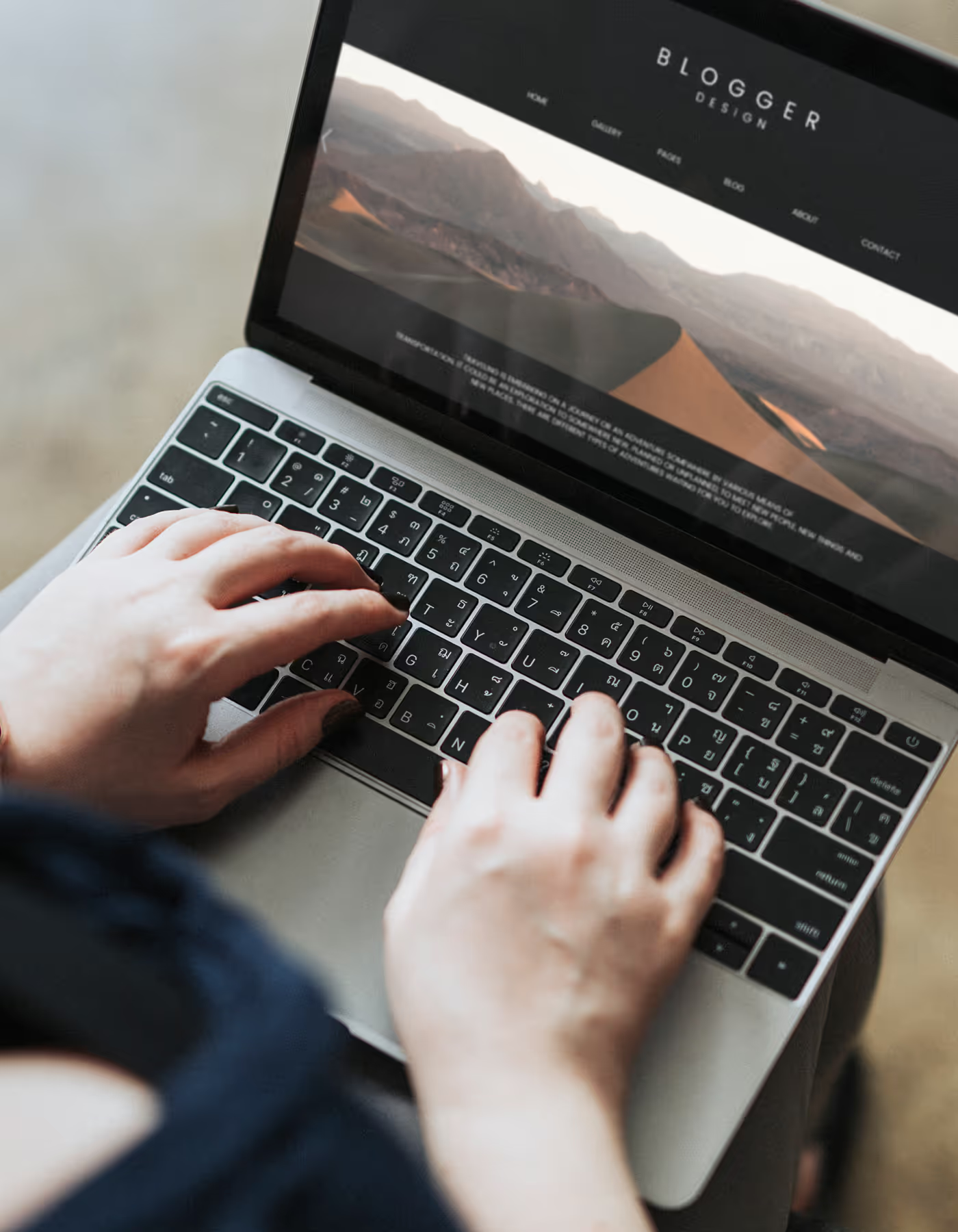
The primary footage in a video, typically featuring the main subject or narrative.
A set of rules that allows different software applications to communicate and share data.
The process of connecting different software systems through APIs so they can work together seamlessly.
Designing products so that they are usable by people of all abilities, including those with disabilities.
Extra pieces of information (like phone numbers or site links) that enhance online ads.
The score that determines your ad’s placement on a search results page, based on bid and ad quality.
The overall visual appeal and attractiveness of a design.
Earning a commission by promoting someone else’s product or service through your own marketing channels.
Arranging elements in an orderly manner to create a balanced and structured layout.
Descriptive text added to images to improve accessibility and help search engines understand them.
An individual who provides financial backing for startups, usually in exchange for ownership equity.
Filmed from below, making the subject look powerful or intimidating, or from above making the subject look smaller or vulnerable.
The process of creating movement in graphics to bring a design to life.
A system for assigning credit to various marketing efforts that contribute to a sale or conversion.
Supplementary footage that enhances the main content, often used to provide context or cover edits
Refers to transactions and interactions between two businesses.
Involves transactions where a company sells directly to individual customers.
The development of server-side logic, databases, and infrastructure that power a website.
Comparing your business performance with industry standards or competitors to identify areas for improvement.
A shot where the camera sees the subject from the top, similar to what a bird would see.
The amount of data processed per unit of time in a video, affecting its quality and file size
Building and growing a business with little or no external funding.
The proportion of visitors who leave your website quickly without interacting with any content.
Developing visual elements—such as logos, colors, and fonts—that form a brand’s identity.
A set of standards that outline how to use a brand’s visual elements consistently.
A plan for developing and maintaining a strong, recognizable brand identity.
Activities and strategies aimed at growing a company through new opportunities.
The method a company uses to create, deliver, and capture value while making a profit.
A detailed document outlining a company’s objectives, strategies, and future projections.
The average yearly growth of an investment over time, smoothing out short-term ups and downs.
Software that simplifies the process of creating, managing, and updating website content.
The amount you spend each time someone clicks on your ad.
The cost you pay for 1,000 ad impressions, useful for brand awareness campaigns.
The styling language used to control the appearance and layout of HTML elements on a webpage.
The percentage of people who click on your ad after seeing it; a key indicator of ad effectiveness.
Temporary storage that helps speed up website or applications loading by saving copies of frequently accessed files.
The movement of money in and out of a business, reflecting its liquidity.
Guiding an organization through adjustments or transformations smoothly.
A technique where a specific color (like green or blue) is replaced with another image or video, commonly known as green screen.
The percentage of customers who stop using a service over time. A high churn rate can mean unhappy customers or better options elsewhere.
Focuses on a subject’s face or a specific detail, emphasizing emotion or importance.
Using remote servers on the internet to store, manage, and process data, instead of relying solely on local hardware.
The amount of mental effort required for a user to understand and interact with a design.